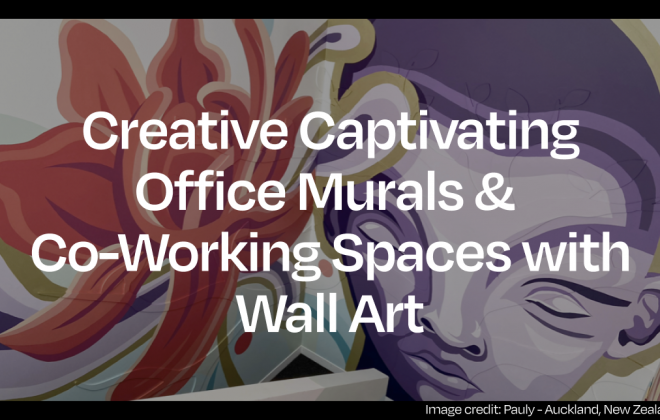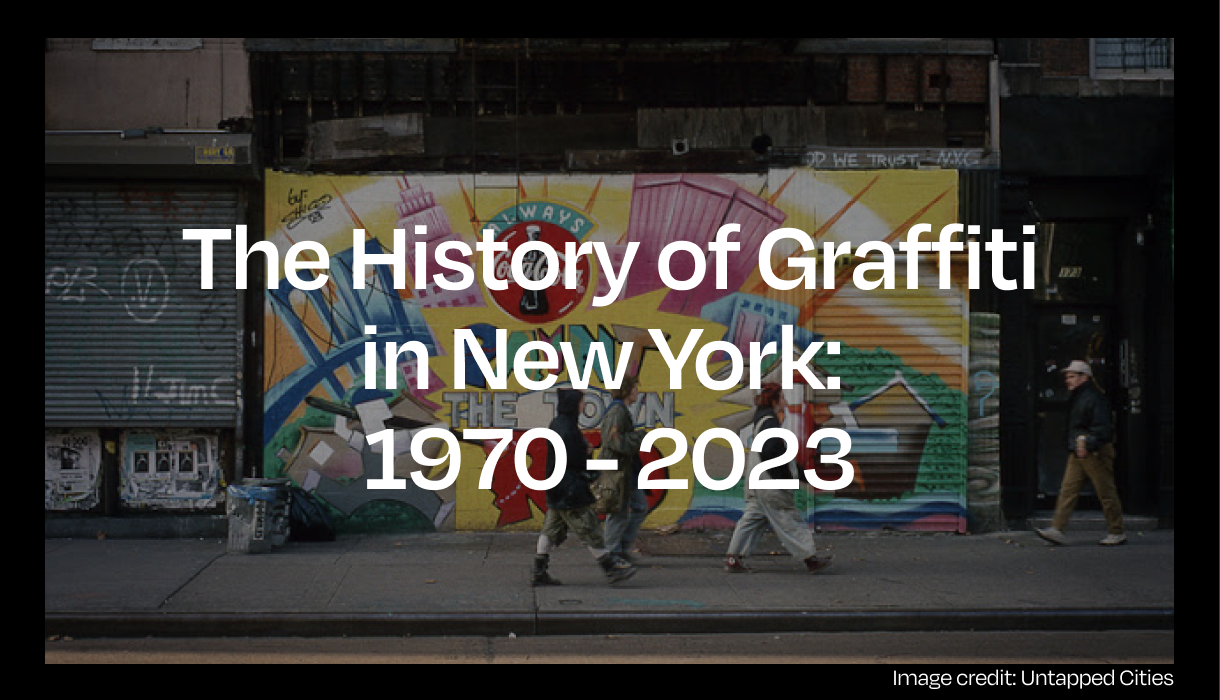
The Captivating History of Graffiti in New York: 1960 – 2023
A Brief History of Graffiti in New York
New York City, the iconic concrete jungle, has been a breeding ground for artistic expression and cultural movements for decades. Amidst the towering skyscrapers and bustling streets, an underground art form emerged, leaving an indelible mark on the urban landscape. From the gritty beginnings of the 1960s to the mainstream recognition of today, let us delve into the captivating history of graffiti in New York, unveiling a vibrant tapestry of creativity and resilience.
1960s

The 1960s in New York City was a period of fervent social change and artistic revolution. Against the backdrop of a city teeming with energy and dissent, a vibrant street art scene emerged, becoming a powerful form of rebellion and self-expression.
Amidst the social and political upheaval of the era, artists sought to break free from the confines of traditional art spaces and bring their work directly to the streets. The walls of the city became their gallery, and spray paint their medium of choice. Bold and provocative messages appeared overnight, demanding attention and sparking conversations.
TAKI 183, known for his early graffiti tags, left his mark throughout five boroughs of New York City and its outskirts. His unwavering commitment captured the attention of the mainstream media, prompting them to embark on a quest to uncover his identity.

1970s
In the 1970s, New York City was a city in turmoil. Economic decline, social unrest, and a deteriorating infrastructure created an environment that inspired rebellion and creative expression. It was during this tumultuous era that the roots of street art and graffiti took hold, as disenfranchised youth sought a voice in the concrete jungle that surrounded them.

Graffiti, initially seen as a form of vandalism, began to flourish as a means of self-expression for marginalized communities. Young artists, armed with spray cans and an insatiable need to be heard, took to the streets, turning subway cars and walls into their canvases. TAKI 183 and other notorious taggers like COCO 144 became synonymous with the movement, their tags spreading like wildfire across the city.
However, as street art gained momentum, so did the authorities’ crackdown on this illicit form of artistic expression. The city’s efforts to eradicate graffiti intensified, leading to increased surveillance and punitive measures. Despite the challenges, street art in 1970s New York became a symbol of resilience, an artistic rebellion against a society plagued by neglect and inequality.
1980s

As the 1980s dawned, graffiti had firmly established itself as a force to be reckoned with in New York City. The subway system became a living, breathing gallery, showcasing the vibrant and intricate artworks that adorned its train cars. From bold lettering to intricate characters, the subway cars became mobile art exhibitions, traversing the city and capturing the imagination of both locals and visitors.
Artists like Dondi, Seen, and Lady Pink pushed the boundaries of the medium, honing their skills and becoming legends in their own right. Graffiti crews formed, each with their own distinctive style and identity, battling for recognition and leaving their mark on the city. However, as graffiti gained popularity, so did the crackdown by authorities, leading to increased surveillance and efforts to eradicate this illicit form of art.
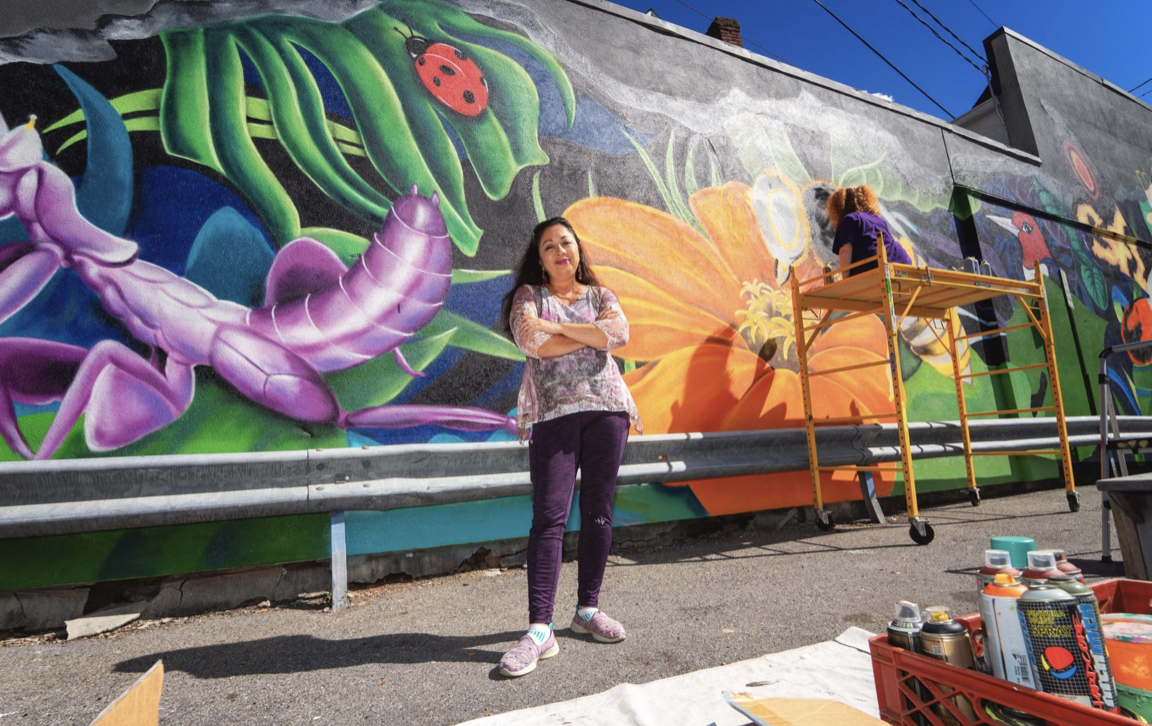
1990s
The 1990s brought with it a shift in perception towards street art and graffiti. No longer viewed solely as an act of rebellion, it began to be recognized as a legitimate form of artistic expression.

2000s
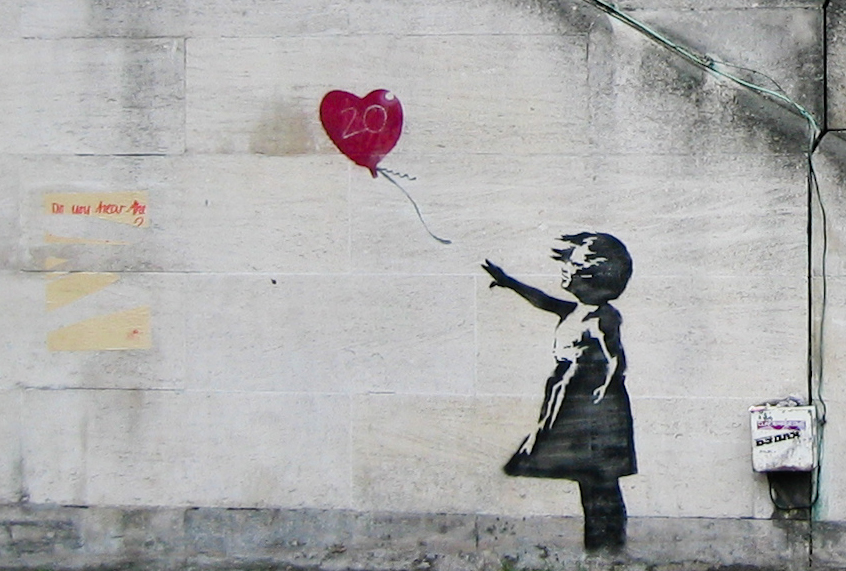
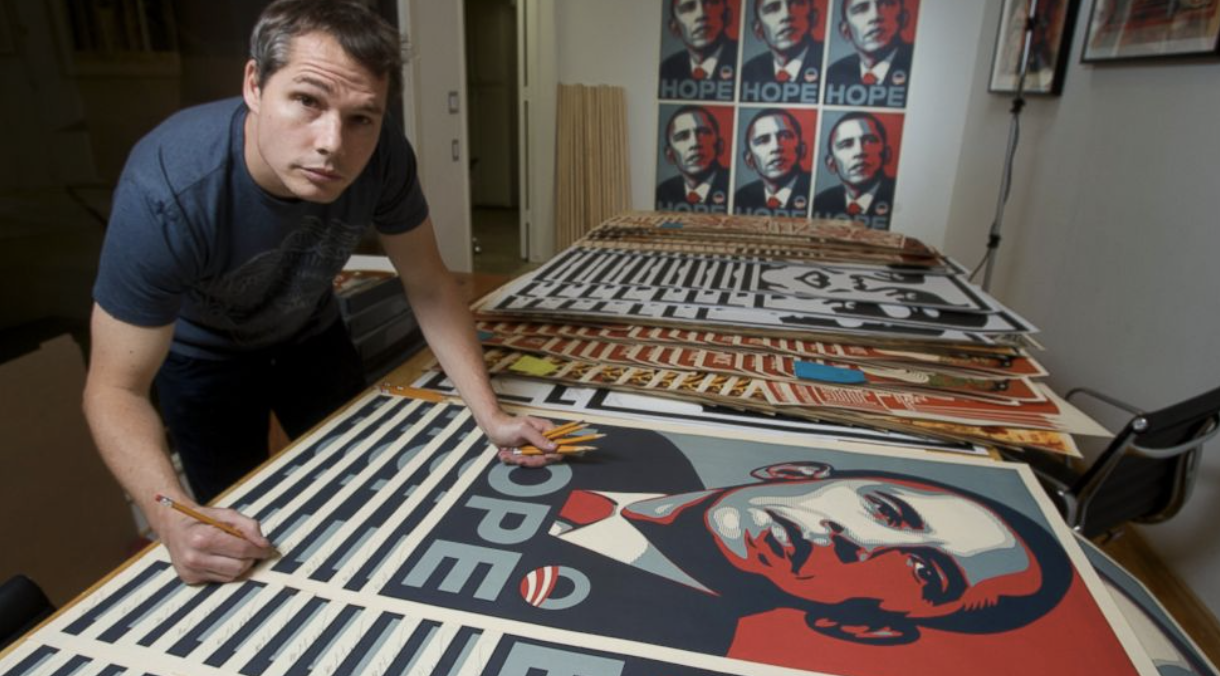
As the new millennium unfolded, the influence of New York’s street art and graffiti scene began to spread far beyond the city limits. Artists like Banksy emerged, pushing the boundaries of the medium and using their art as a platform for social commentary and political dissent. Street art festivals and exhibitions became a global phenomenon, showcasing the diverse styles and perspectives that this art form offered.
New York City itself continued to evolve as a hotbed of creativity. Neighborhoods like Williamsburg and Bushwick became meccas for street art, with entire blocks transformed into open-air galleries. The city embraced the power of art to revitalize communities, recognizing its ability to bring people together and breathe new life into forgotten spaces.
Collaborations between street artists and brands became increasingly prevalent, blurring the lines between art, commerce, and cultural expression. Street art gained recognition as a legitimate art form, leading to gallery exhibitions, museum acquisitions, and even international art festivals dedicated to showcasing the power and diversity of urban creativity.
Yet, alongside the growing popularity, tensions arose between the institutionalization of street art and its origins as a grassroots movement. Artists grappled with the commercialization and co-optation of their work, while also recognizing the opportunities it presented for wider reach and impact.
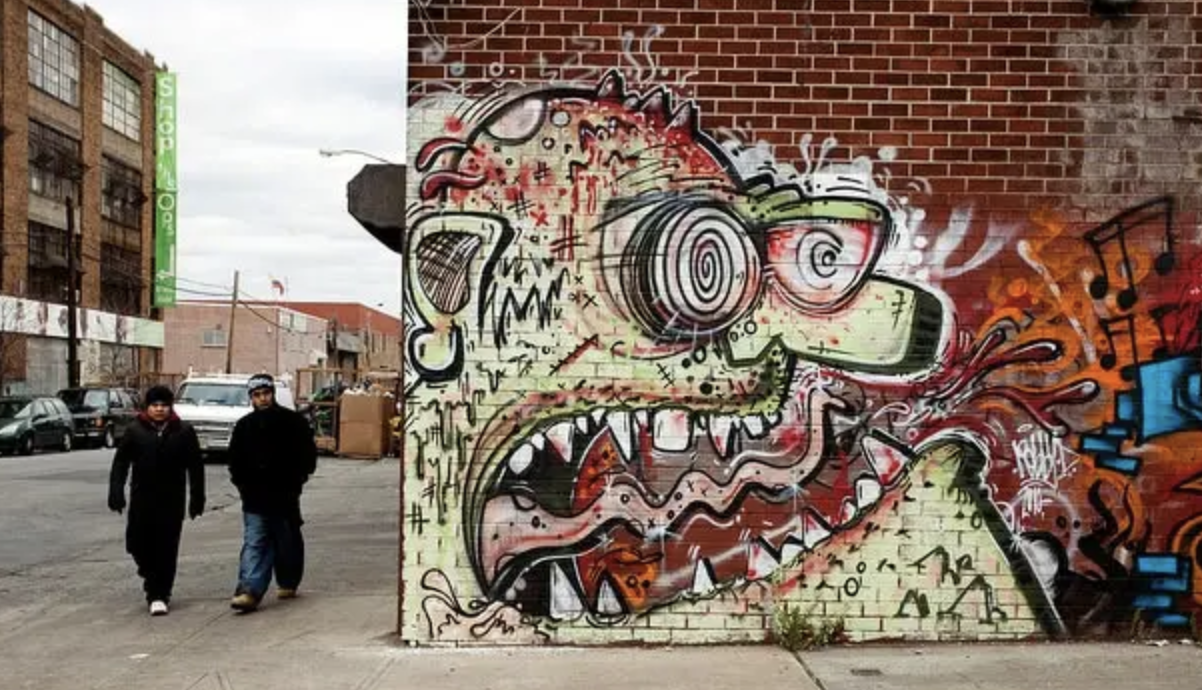
2023
In the face of unprecedented challenges and a world grappling with a global pandemic, street art in 2023 New York City emerged as a beacon of resilience and hope. As the city’s streets emptied and traditional art spaces closed their doors, artists took to the walls to make their voices heard. In a time of uncertainty, street art became a powerful tool for connection, reflection, and social commentary.

With masks on their faces and spray cans in hand, artists navigated the transformed urban landscape, using their art to document the collective experience of a city in lockdown. The messages ranged from expressions of gratitude to essential workers to calls for justice and equality. From murals depicting frontline heroes to poignant statements on racial injustice, street art in 2023 New York served as a visual diary of a tumultuous year.
What was once an underground movement now enjoyed a newfound appreciation and recognition. Street art became a lifeline, bridging the gap between isolation and community engagement. Artists, such as Banksy and Shepard Fairey, used their work to challenge societal norms and inspire conversations around pressing issues. The city’s walls became a tapestry of resilience, reflecting the strength and spirit of a city that refused to be silenced.
Read more: London Street Art and Graffiti Through the Decades
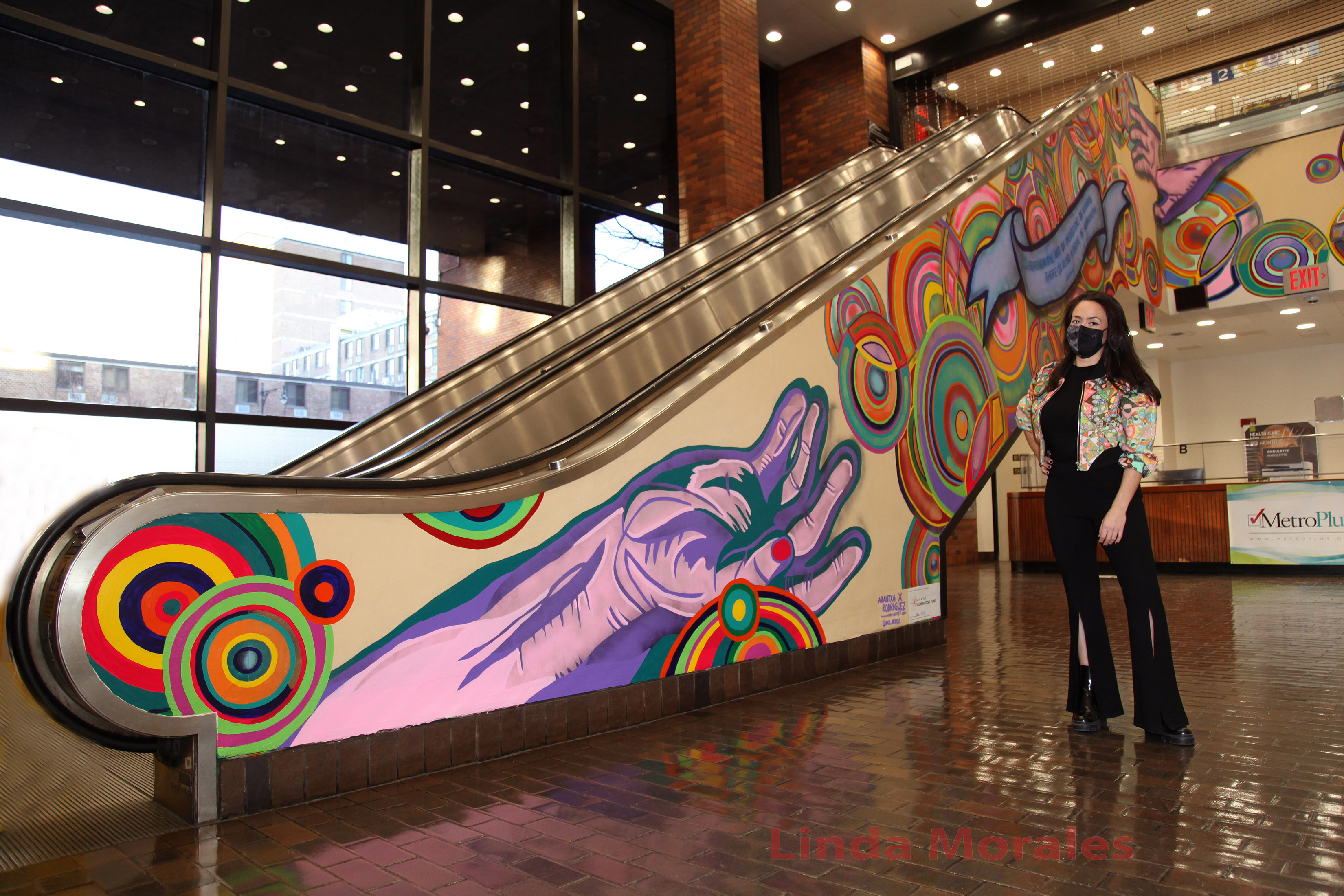
Check out top-rated local artists near you!
Are you an artist ? Sign Up











